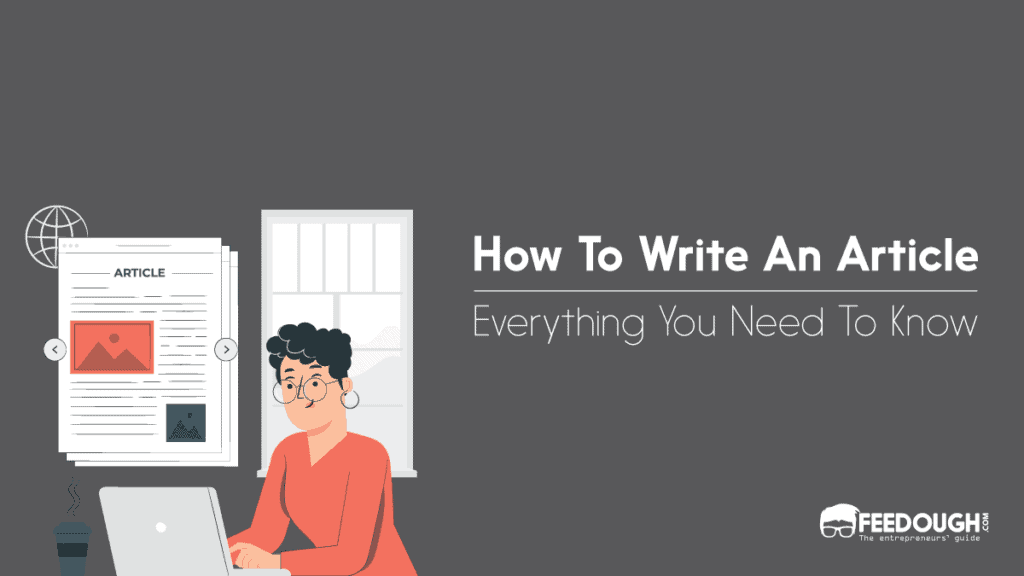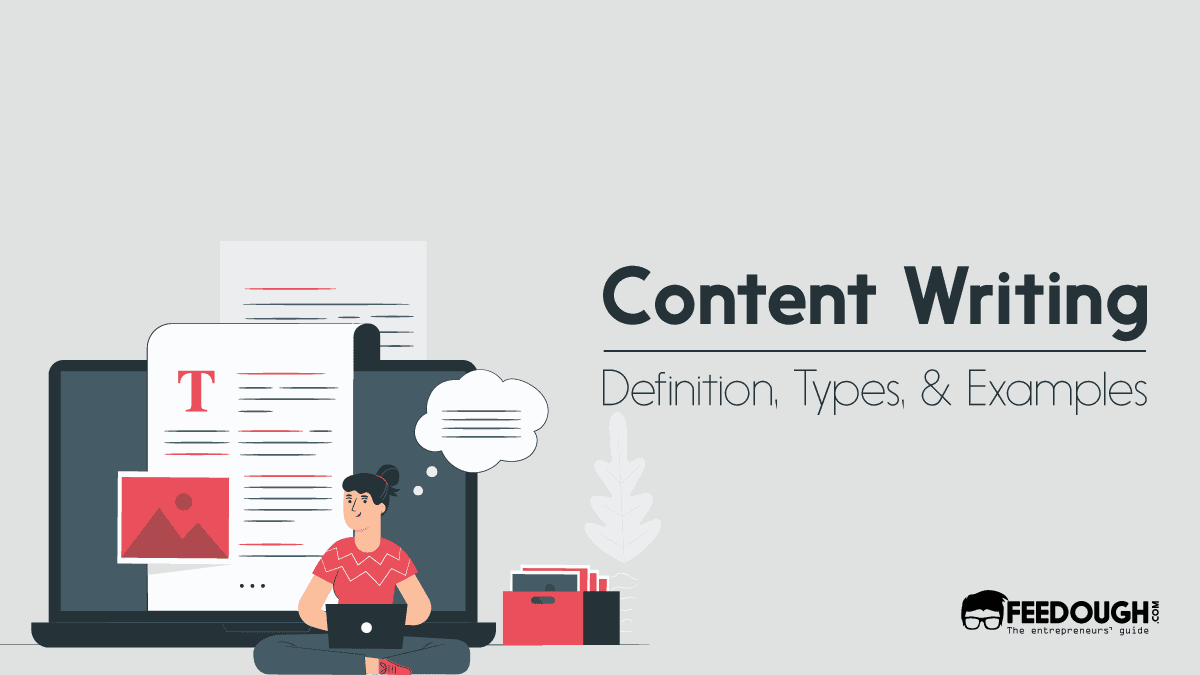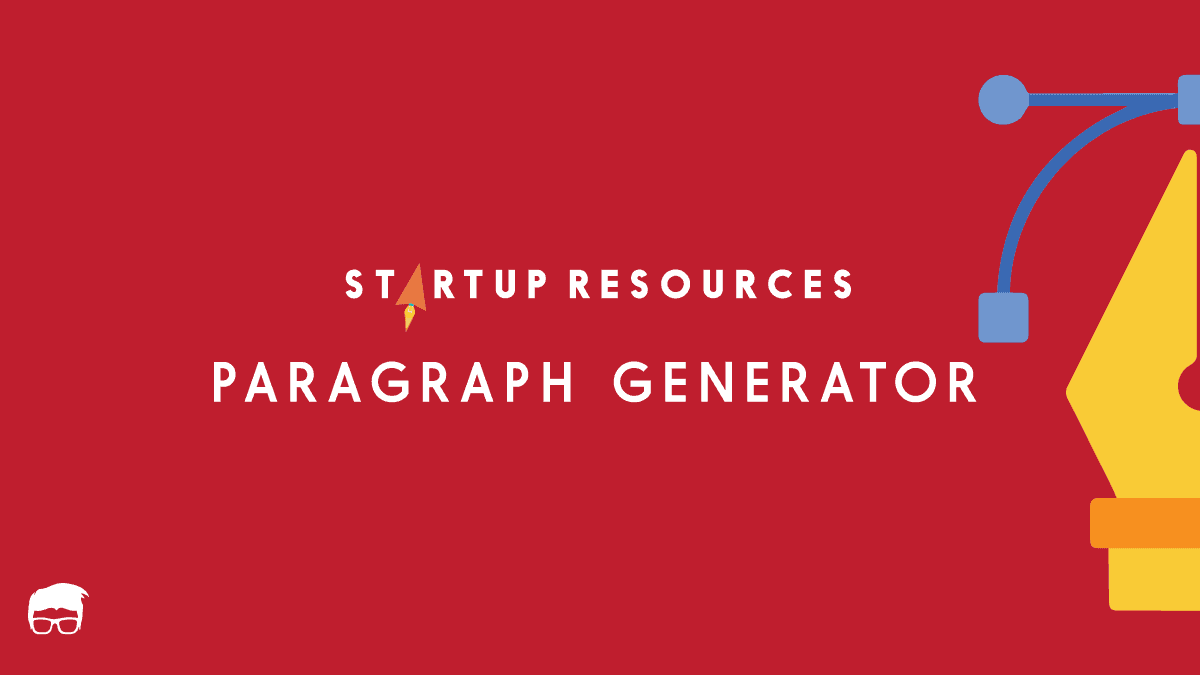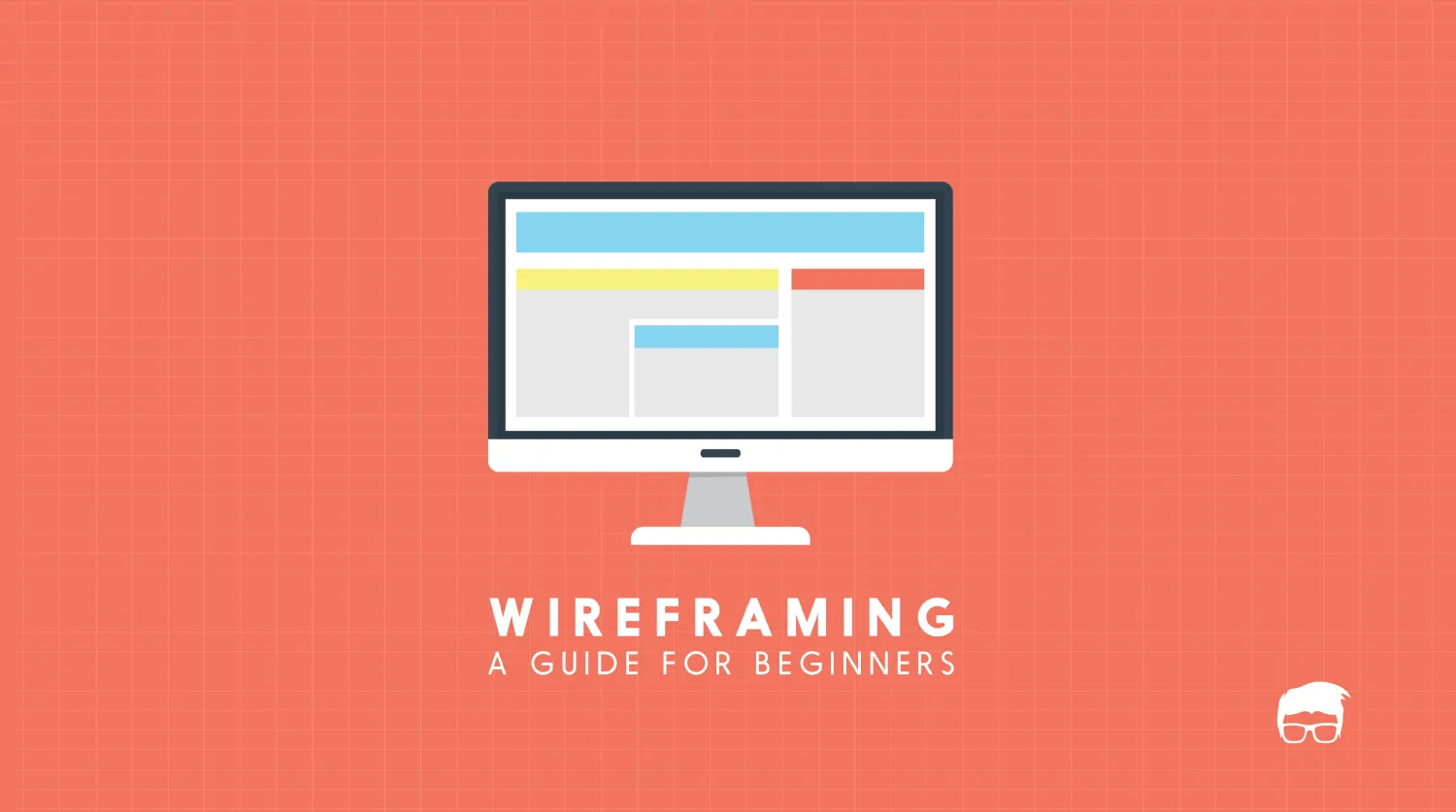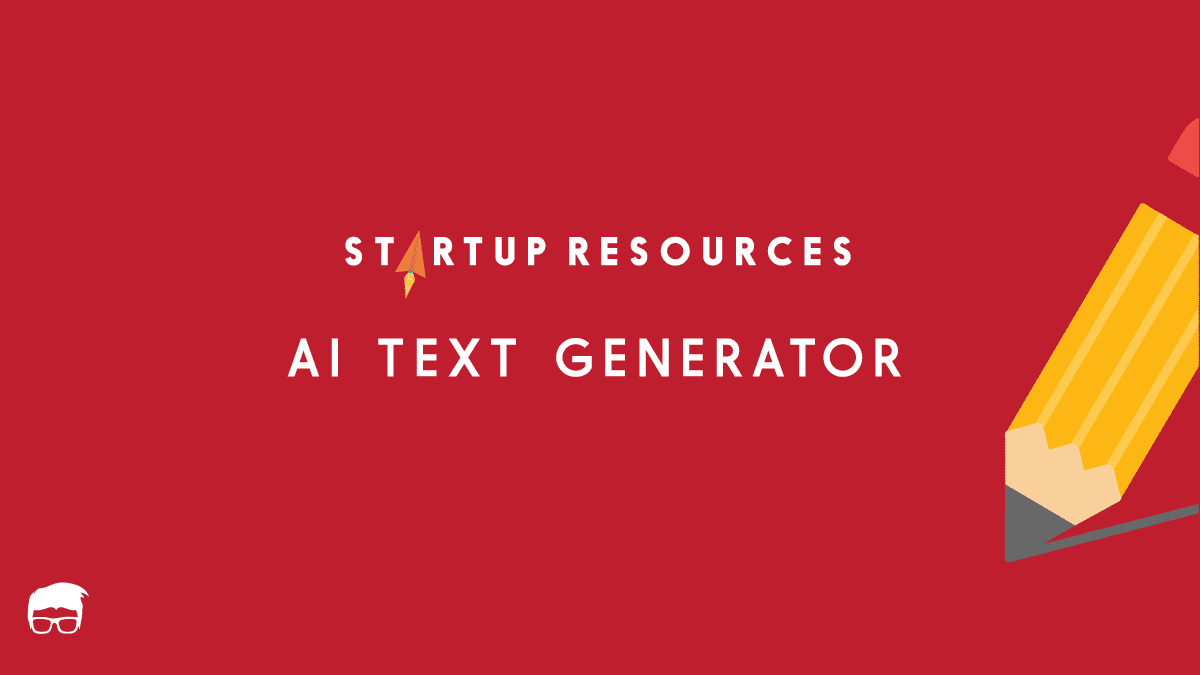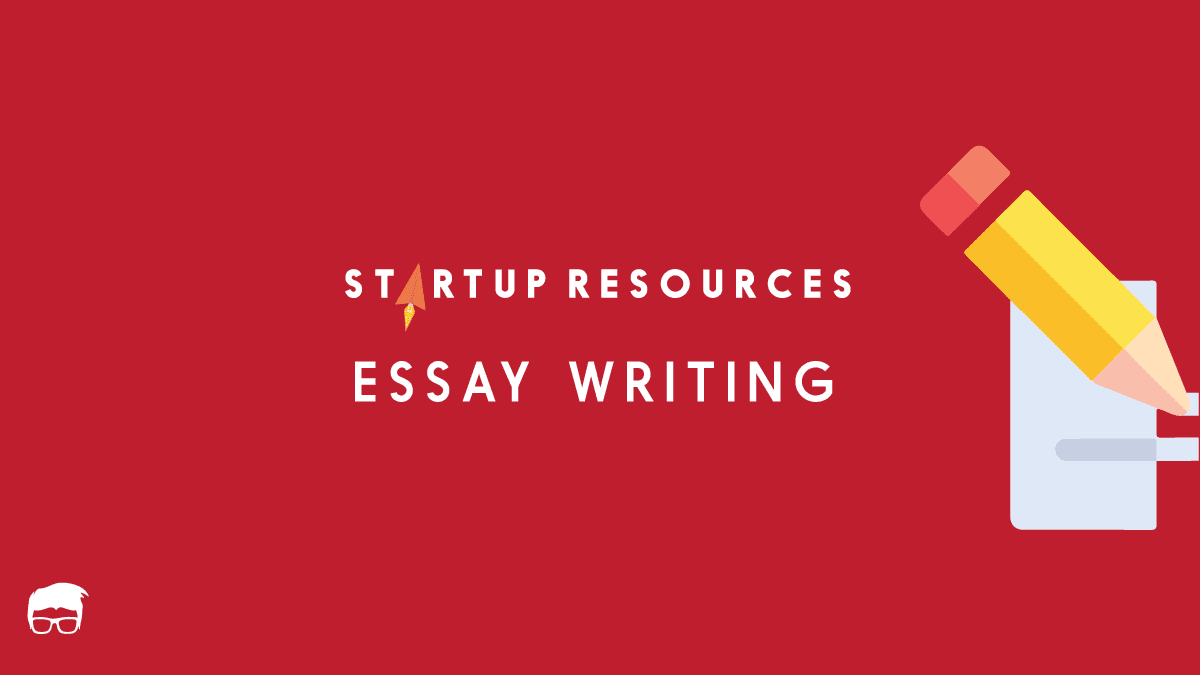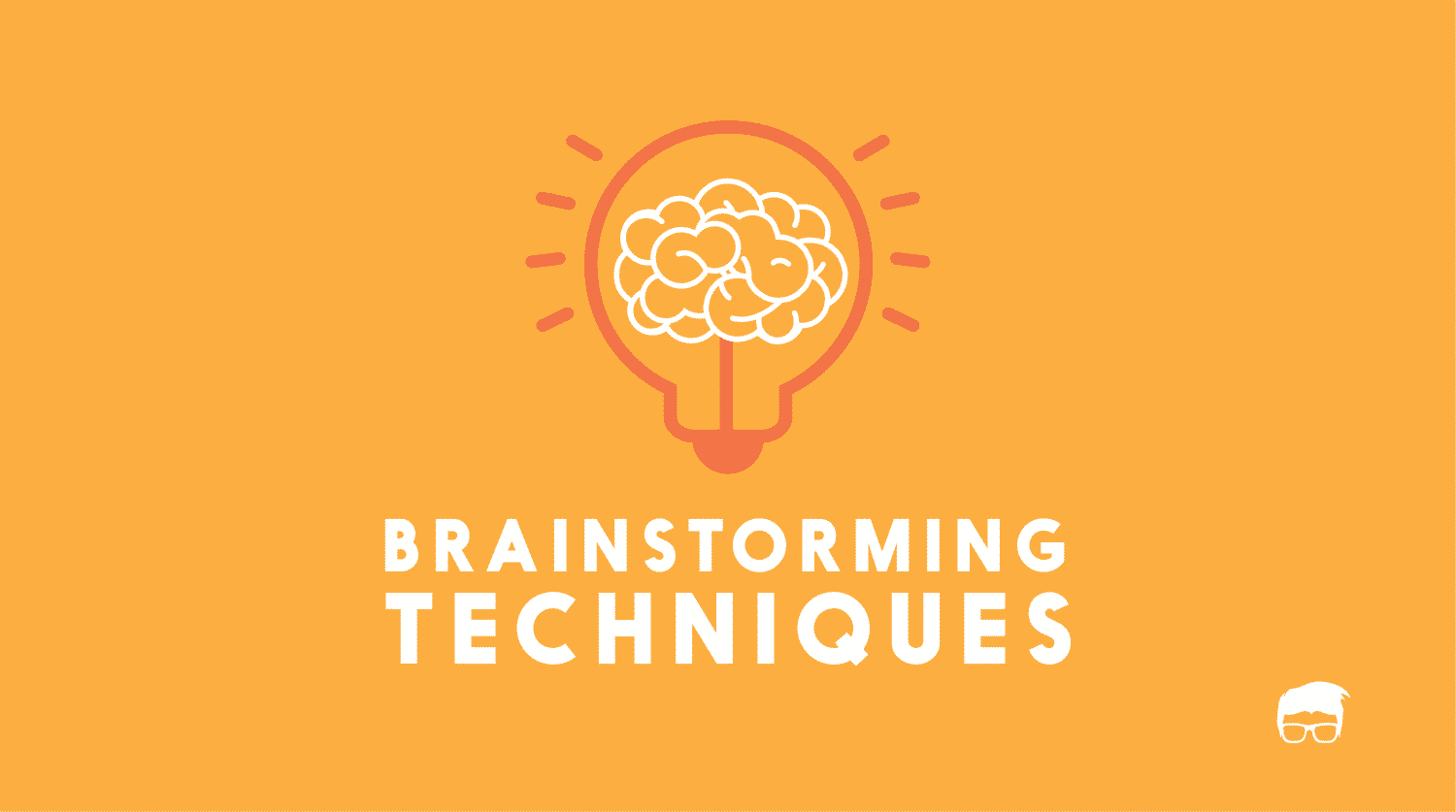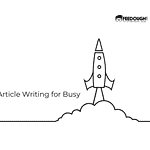As a writer, there’s nothing quite like the feeling of crafting a piece that truly resonates with your audience. But let’s be real; the process of getting there can sometimes feel like an uphill battle. You might be staring at a blank screen, struggling to get your thoughts onto paper. Or, you might feel overwhelmed by the sheer amount of information available on your topic.
In this how-to guide, we’ll walk you through the process of writing an article with plenty of tips and tricks to help you along the way. So, whether you’re a seasoned writer looking to refine your skills or a beginner just starting out, this guide will help you craft a compelling and engaging article that will capture your readers’ attention and keep them hooked from start to finish.
Platform | Use it for | |
|---|---|---|
Jasper | An AI text generator tool trained by the world’s best SEO and marketing experts to beat writer’s block and generate high-quality content up to 10x faster. | |
Rytr | An AI-powered writing assistant that auto-generates catchy, original, and high-converting copies, from blogs to emails to ad copies, in popular tones & languages in just a few seconds. | |
SEMrush | An all-on-one SEO toolkit that does keyword research, competitor analysis, runs an SEO audit blog content, looks for backlinking opportunities, and more. | |
Grammarly | An AI-powered writing assistant tool that provides suggestions and corrections for grammar, spelling, punctuation, style, and tone in real time. | |
Answer The Public | A search listening tool that uses autocomplete data from search engines like Google to find popular phrases and questions people ask around a topic or a keyword. |
What Is An Article?
An article is a piece of written content published in a print or an electronic medium. Articles are usually written with specific readers in mind and aim to educate on a particular subject, offer an analysis or perspective, or articulate a viewpoint. They can vary in length and complexity, from short news stories to in-depth feature articles or investigative reports.
Article vs Blog Post
An article and a blog post are similar in that they are both written pieces of content but have some key differences. And here’s how:
- Word Count: A blog post is typically shorter, typically ranging from 300 to 1500 words (although some blogs may publish longer posts) than an article that ranges from 500 to 5000 words or more, depending on the complexity of the topic and the publication’s guidelines.
- Writing Styles: Blog posts follow a more casual and conversational style, while articles are more formal and structured.
- Intent: A blog post conveys an opinion and focuses on engaging with the reader and encouraging discussion, while an article expresses factual information typically intended to inform, persuade, or educate the reader.
- Authors of Each Type of Content: Blog posts are often written by individuals or small groups. In contrast, articles are usually written by professional writers or journalists and published in reputable publications.
Different Kinds Of Writing Styles
When it comes to writing articles, there is no one-size-fits-all approach. In fact, there are several different writing styles that you can use depending on your goals, audience, and content. However, writers typically follow four common writing styles:
- Expository: This is a subject-oriented writing style in which the author focuses on explaining a concept and sharing a piece of information with a larger audience. These types of articles are written to present factual evidence, statistics, figures or results but do not include personal opinions. Examples: How-to articles; textbooks; news stories (not editorials or Op-Eds); business, technical, or scientific writing.
- Persuasive: An author uses this writing style to persuade the reader to adopt a certain point of view or take a certain action. Unlike expository articles, these kinds of articles often include evidence, statistics, and logical arguments to support the validity of the writer’s opinions. Examples: Letters of recommendation, cover letters; Op-Eds and Editorial newspaper articles; argumentative essays for academic papers.
- Narrative Writing: This type of writing tells a story, be it fiction or non-fiction, usually in chronological order with a beginning, middle, and end. It may incorporate descriptive language, dialogue, and character development to engage the reader. Examples: Short stories, novels, poetry, historical accounts etc.
- Descriptive Writing: This type of writing uses sensory details to paint a picture or describe a scene, person, object, or experience. It aims to create a vivid and engaging image in the reader’s mind through descriptive language and sensory imagery. Examples: Poems, song lyrics, memoirs, descriptions of a product or a travel destination.
Step By Step Guide On Writing An Article
While different writers may have different ways of approaching their writing, there are some basic steps that can help guide you through the article writing process.
Step 1: Understand Your Target Audience
Understanding your target audience is crucial for writing a successful article that resonates with your readers. Without knowing who your audience is, your article risks falling flat, failing to engage your readers, and missing the mark entirely.
Think of it this way: A heavy metal artist wouldn’t perform at a classical music concert, right? In the same way, as a writer, you don’t want to write an article on a topic that doesn’t appeal to your target audience.
Understanding your target audience lets you:
- Establish an emotional connection with your readers
- Target the pain points of your readers and provide practical solutions
- Choose the tonality of your article
Getting these elements right is what determines the quality of your article.
What Do You Need to Understand About Your Readers?
Here are a few questions to ask yourself to help you get a deeper insight into your reader’s needs and interests:
- Who is my target audience? Consider demographic factors such as age, gender, location, education level, and income.
- What challenges or pain points do they face? Think of the problems your target audience is trying to solve, their challenges, and the questions they need answers to.
- What type of content do they prefer? Do they prefer long-form articles or shorter, snackable content? Do they prefer visuals like infographics or videos?
- What are their goals and aspirations? Consider what your target audience hopes to achieve and how you can help them get there with your content.
Take note of the language your readers use, including phrases, metaphors, and jargon. Doing so allows you to communicate with your readers using a language they easily understand and relate to.
What Can You Do To Understand Your Readers Better?
- You should check out the platforms they hang out on and participate in the conversations happening there. This could mean searching for popular hashtags, joining subreddits and paid communities, or registering on online forums.
- Consume the content your readers are consuming. This could mean reading the same blogs and articles, listening to the same podcasts, or watching the same YouTube videos.
- Interact with your readers through social media, comments sections, and email to gain insight into their opinions, questions, and feedback.
Won’t all this take too much time?
Well, yes. Researching your target audience can be an extremely time-consuming process. However, if you want to cut short that time, you can take the help of an AI platform called Answer The Public. You can use this tool to uncover popular phrases and questions people are asking related to a particular topic, helping you understand your reader’s pain points and interests.
Step 2: Choose Your Topic
Now that you understand what your target audience wants, it’s time to choose a topic. Write a list of engaging topics and evaluate their relevance to your target audience. While choosing a topic that resonates with your audience is essential, choosing a topic you can cover in-depth is equally important. Try to avoid broad topics that are difficult to cover comprehensively.
Step 3: Research, Research, Research
Once you’ve fully understood your target audience and chosen your topic, it’s time to dive into research. Conducting research is a crucial step when you are writing an article. If you don’t have reliable sources and evidence to back up your arguments and statements, readers are less likely to trust and respect your work.
To conduct research, start by Googling the topic you’ve chosen to write about and read the articles that rank on the first page (essentially that of your competitors). Take note of what information these articles cover besides the main topic. This is standard practice for conducting competitive analysis. That being said, you can also take the help of an AI tool called SEMrush, to be more comprehensive in your competitor research. You can use it to identify your competitors’ top organic search keywords, their most popular content, and their backlinks. This can help you understand what topics and subtopics your competitors cover and what strategies they use to rank higher in search results.
In addition to this, gather as much information surrounding your topic as possible. This could mean searching for relevant statistics, case studies, quotes from experts or sources related to the topic, definitions regarding the topic, references to pop culture or media, and local or national events.
When selecting sources, check their authenticity and make sure the data you include isn’t outdated. By gathering reliable and current information, you can create a well-researched and informative article that establishes you as an expert in your field and increases the impact and success of your writing.
Step 4: Come Up With An Outline
Your outline should be a roadmap that guides you through the writing process. It will help you to determine the main points you want to make in your article and the supporting details and evidence necessary to develop those points. This can help you avoid writing aimlessly and getting off-topic, as you will have a clear sense of your article’s overall structure and direction.
Here’s what your outline should cover:
Title
Introductory paragraph
The main body
- Subheadings
- A list of key points under each section
- Examples, statistics, quotes, etc. to support those arguments
Conclusion
If you are struggling to create an outline for your article, or if you are not satisfied with the outline you have created, there is a solution. You can always use Rytr‘s outline generator, which can assist in creating an effective and structured outline.
Step 5: Write Your First Draft
Now comes the easy part. If you have done everything mentioned until now, it’s a cakewalk from here. Follow your outline and write down all the information and ideas you’ve gathered so far.
If you struggle with writer’s block mid-way while writing your article and cannot continue, you can use Jasper.ai‘s paragraph generator template. Simply put in the talking points you wish to include, and the AI will instantly create a paragraph.
Remember, your first draft isn’t supposed to be perfect. Even if it turns out to be not-so-good, you can always whip it into shape during the editing process.
Step 6: Edit Your Article
Now it’s time to edit your article. Begin by formatting the text. You need to consider how people read articles online—they usually skim through the content instead of reading it entirely.
That’s why it’s so crucial to format your article properly. And here’s how you can do it:
- Use H2 text for subheadlines.
- Use H3 text for sub-sub-headlines.
- Break up long sentences. Use a short and simple sentence structure.
- Break up lengthy paragraphs. Aim for 2-3 lines per paragraph.
- Use bullet points and numbered lists whenever possible.
All this aims to make your article as skimmable as possible.
Once you’ve formatted the text, proofread your article. The best way to proofread is to read your text aloud, as catching errors is much easier this way. Still, as a fail-safe measure, once you proofread the article manually, you can run it through Grammarly. Simply copy-paste your text into the app’s editor, and you’ll instantly get suggestions on grammar, spelling, punctuation, and sentence structure. There’s also a Chrome extension that integrates with Google Docs. Grammarly is super helpful as it allows you to catch errors in real-time.
Common Mistakes to Avoid While Writing
- Lack of focus or clarity: Your writing should have a clear purpose. Focus on presenting your ideas in a logical and organised manner.
- Using overly complex language or jargon: Your writing should be accessible to a wide audience, so avoid using language or technical terms that might be confusing or off-putting.
- Repetition or redundancy: Avoid repeating the same ideas or phrases multiple times, as this can make your writing feel boring or unoriginal.
- Lack of evidence or support: Make sure you back up your claims and arguments with evidence and examples so readers can trust your ideas and conclusions.
- Being too wordy: Your writing should be concise and to the point, so avoid using unnecessarily long or complex sentences or paragraphs.
- Plagiarism or lack of attribution: Always credit any sources you use to avoid plagiarism and maintain your credibility as a writer.
Tips to Keep in Mind While Writing
- Craft a compelling headline: Your headline is the first thing a reader sees, so try to make it exciting and attention-grabbing. Use powerful words and ensure it accurately reflects your article’s content.
- Start with a strong hook: The first few sentences of your article should hook your readers and make them want to keep reading. Use a powerful quote, a surprising statistic, or a captivating anecdote to draw them in.
- Be concise and to the point: Your article should be well-structured and easy to read. Avoid rambling or going off tangents, and quickly get to the point.
- Use active voice: Using active voice makes your writing more engaging and helps to keep your readers interested.
- Use transitional phrases: To help your readers move smoothly from one idea to the next.
- Include visuals: Use images, charts, or other visuals to illustrate your points and break up long blocks of text.
An ardent reader, full-time writer and a lover of all things purple. Riya is an entrepreneurial spirit, making her way in the start-up industry through her expressive writing. When not working, you can find her jamming to music, watching period films, eating sushi, or petting cats.
